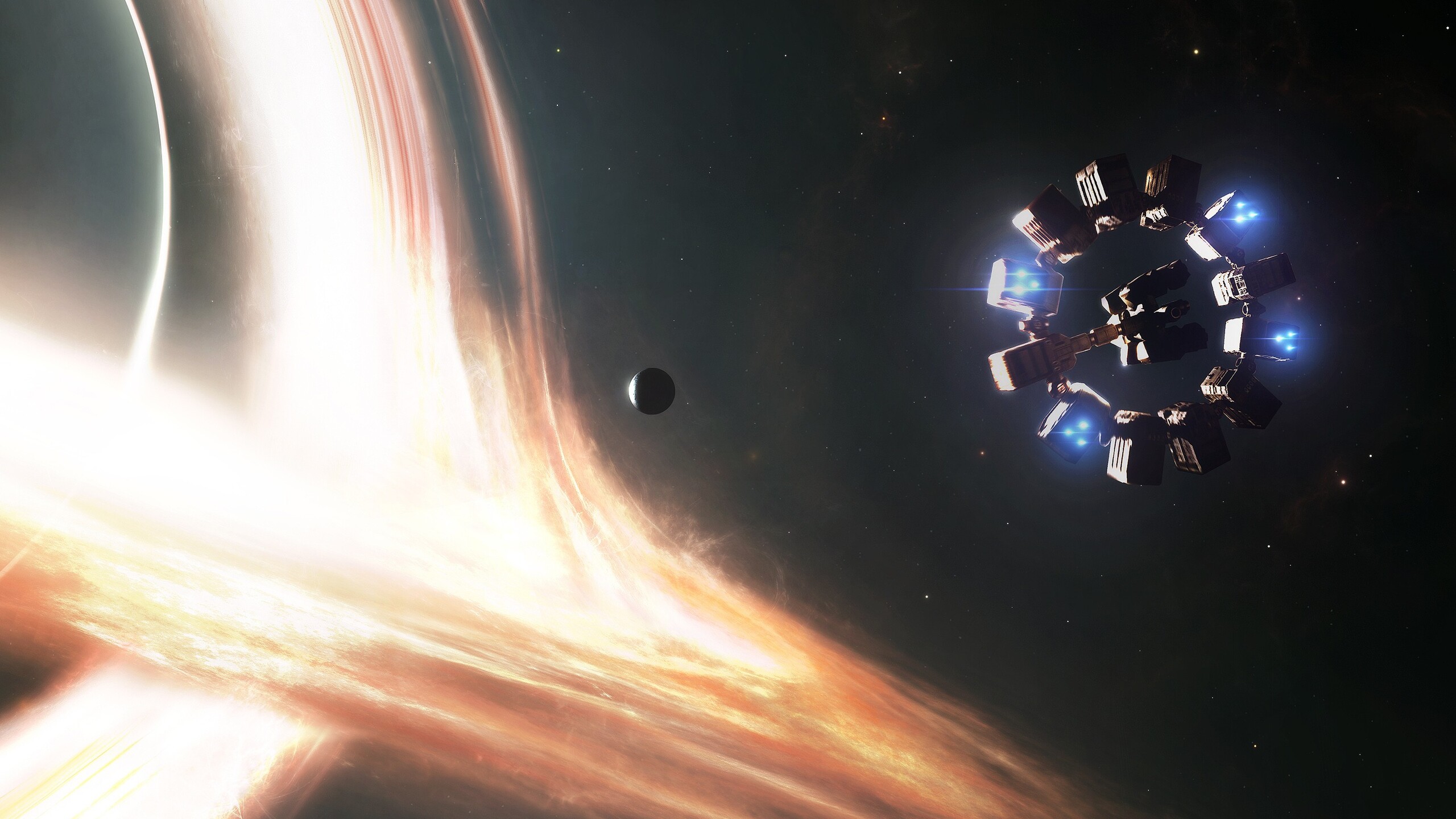The Perils of Interstellar Travel
Exploring the Unknown
The immensity of space and the vast distances between celestial objects means that even sparse matter accumulates to significant collision risks over interstellar travel timescales. A single atom travelling at high speeds could pack the energy of a small nuclear bomb upon impact. While shielding and defensive systems may protect a craft, the dynamic nature of space hazards like debris clouds and radiation bursts ensure some level of risk will always exist.
Navigating Relativistic Effects
Reaching the velocities required for meaningful interstellar travel introduces immense technical challenges tied to the dynamics of mass and motion at relativistic speeds. Simply put, an object’s inertia grows exponentially with its velocity approaching lightspeed, requiring unthinkable amounts of energy for further acceleration. Some pathway to circumventing relativistic mass increases without compromising the fabric of spacetime itself may be necessary. However, any means of artificially manipulating fundamental attributes like mass risks unintended side effects that could endanger lifeforms onboard. Careful study and testing would be needed to avoid calamity.

The Dangers of Hyperspace
Another speculative approach involves transporting matter to hyperspace domains where lightspeed limitations do not apply. However, venturing into dimensions not well-understood risks perilous anomalies. In one dystopian tale, humans discover the derelict transportation network of an ancient alien civilization, using automated hyperspace vessels between hub stations without comprehending the underlying technology. When some ships fail to return, their fate reveals the network contains deadly traps. Venturing blindly into hyperspace is analogous to exploring an alien ocean without protective gear—offers reward but one misstep spells doom. Comprehensive mapping and anomaly detection may be required to safely navigate hyperspatial pathways.
Monitoring Foundations of Life
A further challenge lies in maintaining biological viability over long journeys. Even if craft relativistic and radiation shielding protects onboard inhabitants, exposure to unknown environments carries risk. Space radiation, exotic particle showers, cosmic microorganisms—any could compromise terrestrial biochemistry given sufficient contact. Life requires precise molecular tuning, and alterations to that “mass chemistry” baseline may yield chaos at the cellular scale. Strict protective protocols and containment fail-safes and would need validation to ensure crew safety in unpredictable zones. And unscheduled stops should only occur within pre-screened zones proven life-compatible.
Evaluating Emerging Civilizations
A sobering perspective posits that any spacefaring civilization attaining godlike mastery over nature may logically wish to eliminate potential future threats in their infancy. From such a vantage, a rapidly advancing human civilization just learning to manipulate forces like gravity, warp and antimatter might appear worrisomely unpredictable to technologically superior observers. First contact scenarios involving such advanced but potentially hostile entities introduces dreadful possibilities. Discerning hostile from helpful intent amidst overwhelmingly advanced strangers poses an intelligence challenge beyond human capabilities. Trepidation about first encounters with hyper-advanced aliens and their unknowable motives would be understandable.
Searching for Lost Explorers
In the dystopian tale referenced, as more automated hyperspace vessels carrying hopeful pioneers into the unknown fail to return, clues emerge about grisly fates that befell those aboard. Whether due to navigational errors landing ships in zones barren or lethal to life, or because lifeforms native to certain dimensions saw the crews as resources to exploit, the prospect of vanishing without a trace into the cosmos evokes primal fears. Search and rescue operations across interstellar gulfs present nearly insurmountable difficulties. This novelesque example highlights how even well-intentioned voyages of discovery could end in tragedy, emphasizing the prudence of exhaustive preparation and contingency planning to maximize crew survival chances.
Planning for Long Journeys
Extended missions into the vast unknown present unique life support, psychological and sociological challenges separate from any technical or navigation difficulties. Sustainable closed-loop ecosystems, simulated open outdoor areas, scheduled recreation and entertainment would all help manage morale and wellbeing over generations spent in deep space.
Maintaining Mental and Physical Health
On long missions where resupply is impossible and crews depend completely on onboard resources, maintaining psychological resilience through community and meaningful purpose becomes vital. Simulations of home environments, virtual reality recreations of nature, scheduled interactive activities and opportunities for solitude would help offset challenges of confinement. Exercise regimens and nutrition optimized for microgravity and radiation environments coupled with advanced medical technologies could help crews stay fit and productive. Compatible crew selection and training reduces interpersonal conflict risks as well.
Planning for Continuity of Mission
Contingencies must also exist for how the mission may continue after original crew members are no longer present, whether due to infirmity, accident or later generational changes. Succession protocols and information transfer between generations ensures hard-won knowledge and experience isn’t lost. On multigenerational missions, cultural education programs help later-born maintain identification with Earth civilization while adapting to life in deep space. With care and foresight, humans may learn to thrive even amid the starry isolation of the celestial frontier.
Conclusion
While the mysteries and resources of the cosmic ocean call humanity to explore, reaching beyond Earth introduces unique technical and biological hazards we’ve only begun to comprehend. Success will rely on balanced focus on propulsion, life support and contingency planning, to reduce risks and give crews the best chance of fulfilling missions and returning safely. Moving outward cautiously yet purposefully, with reverence for discovery and care for crew welfare, the pioneering spirit that lights our way to the stars need not lead also to tragedy. Patient progress and vision can help ensure starlight beckons hope rather than fear. 